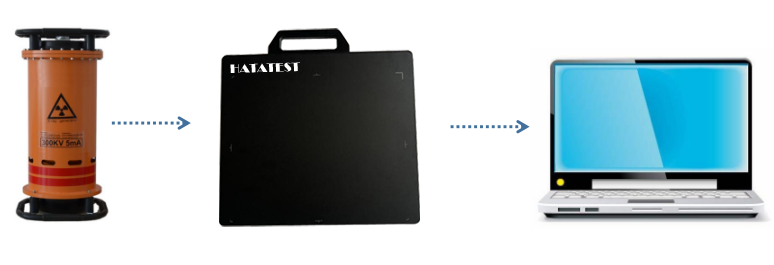Ultrasonic testing is a non-destructive technique that is often performed on metals, alloys, wood, ceramics, concrete and composites. It has applications spanning welding to pipelines and is generally used to reveal whether a material has any structural flaws.

Ultrasonic testing is a method widely used to investigate whether a material has any flaws and to determine the thickness of a material. In many cases, measuring the thickness of a material enables the user to determine whether the material has any flaws, with one common example being a lower than expected thickness in pipelines, which indicates corrosion.
Ultrasonic testing uses high-frequency ultrasonic waves that propagate through the material of interest. Once the ultrasonic waves have passed through the material they hit a “boundary” between the material and the space past the material (usually air) and reflect back to the source. This process enables the thickness to be determined by measuring the arrival time, expected distance and the intensity of the reflection.
In practice, an ultrasonic transducer is used to generate the ultrasonic waves. When the material of interest is scanned, the transducer is separated from the material by a thin layer of water or oil. This layer is required to transfer the ultrasonic wave to the material undergoing analysis and reduces the occurrence of noise. If a crack or any other structural flaw exists in the material, part of the energy will be reflected back and this is why both the intensity of the reflection and the arrival time of the ultrasonic waves are both required to analyze the sample.
-
 Sales@hata-ndt.com
Sales@hata-ndt.com -
 0086-0371-86172891
0086-0371-86172891










